Table of content
Spring heralds a vibrant renewal of nature, and nowhere is this more evident than in the bounty of fresh, tender vegetables that grace farmers’ markets and kitchen tables. From crisp asparagus spears to sweet peas and artichokes, spring vegetables offer a fleeting opportunity to savor flavors at their peak. Yet, many home cooks struggle to transform these delicate ingredients into dishes that are both nutritious and memorable. This guide explores the nuances of selecting, preparing, and cooking spring vegetables to unlock their full potential, ensuring every bite bursts with the essence of the season.
Understanding Spring Vegetables: Why Freshness Matters
Spring vegetables are defined by their tender textures, subtle sweetness, and vibrant colors. Unlike heartier winter roots, they thrive in cooler temperatures and require minimal cooking to preserve their delicate flavors. The key to elevating these ingredients lies in understanding their unique characteristics:
- Asparagus: With a grassy sweetness and crisp texture, asparagus is best enjoyed when spears are firm and tips are tightly closed.
- Peas: Fresh garden peas have a starchy sweetness that fades quickly after harvest, making them ideal for quick cooking.
- Artichokes: Their meaty hearts and bract-like leaves demand patience but reward with a nutty, earthy flavor.
- Fava Beans: These buttery legumes require double peeling but offer a creamy texture and mild taste.
- Radishes: From peppery daikon to mild French breakfast radishes, their crunch adds a refreshing contrast to dishes.
- Spring Onions: Milder than mature onions, their green tops and white bulbs contribute a garlic-like zing.
- Carrots: Young spring carrots are sweeter and less fibrous than their winter counterparts.
- Spinach: Tender baby spinach wilts quickly and pairs beautifully with creamy or acidic elements.
The Foundation: Selecting and Storing Spring Vegetables
The journey to a great dish begins at the market. Look for vegetables that are firm, brightly colored, and free of blemishes. Avoid limp asparagus, yellowing spinach, or split pea pods. Store delicate greens like spinach in airtight containers lined with paper towels to absorb excess moisture. Root vegetables like radishes and carrots can be kept in the crisper drawer, unwashed, to prevent spoilage.
Cooking Techniques That Highlight Natural Flavors
Spring vegetables shine when cooked with minimal interference. Here’s how to maximize their potential:
Blanching and Shocking
Ideal for green vegetables like asparagus and peas, blanching preserves color and texture. Boil water with salt, add vegetables for 2–3 minutes, then transfer to an ice bath to halt cooking. This method retains vibrant hues and a satisfying crunch.
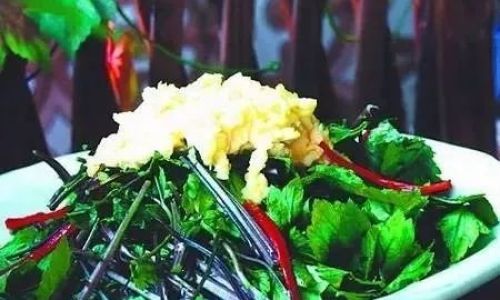
Sautéing
A hot pan with olive oil or butter quickly caramelizes vegetables like spring onions or radishes. Add garlic or herbs during the last minute for aromatic depth.
Roasting
Toss thick-cut vegetables (e.g., carrots, radishes) in olive oil, salt, and pepper, then roast at 425°F (220°C) until caramelized. This technique concentrates sugars, creating a sweet, concentrated flavor.
Steaming
Gentle steaming works wonders for artichokes or fava beans. Use a bamboo steamer or a colander over boiling water to retain nutrients and texture.
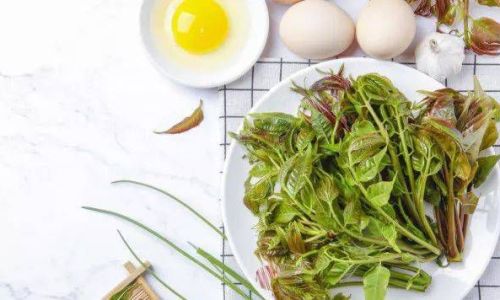
Grilling
Charred asparagus or radishes on the grill add smokiness. Brush with oil to prevent sticking and serve with lemon wedges.
Recipe Ideas for Every Occasion
Lemon-Garlic Asparagus with Parmesan
- Ingredients: 1 bunch asparagus, 2 tbsp olive oil, 2 garlic cloves (minced), zest of 1 lemon, ¼ cup grated Parmesan.
- Method: Trim asparagus. Sauté in oil until tender-crisp. Add garlic for 1 minute. Toss with lemon zest and Parmesan.
Spring Pea and Mint Risotto
- Ingredients: 1.5 cups Arborio rice, 4 cups vegetable broth, 1 cup fresh peas, ½ cup white wine, ½ cup grated Pecorino, 2 tbsp butter, ¼ cup mint (chopped).
- Method: Toast rice in butter. Add wine, then broth gradually. Stir in peas and mint. Finish with cheese and butter.
Braised Artichokes with Herbs
- Ingredients: 4 artichokes, 1 lemon (juiced), 3 garlic cloves, 1 cup white wine, ¼ cup olive oil, thyme, rosemary.
- Method: Trim artichokes. Sauté garlic in oil, add artichokes, wine, and herbs. Cover and simmer 30 minutes until tender.
Fava Bean and Ricotta Crostini
- Ingredients: 2 cups fava beans (shelled), 1 cup ricotta, 1 baguette, 2 tbsp olive oil, mint, salt, pepper.
- Method: Blanch fava beans, peel skins. Spread ricotta on toasted bread, top with beans, mint, and a drizzle of oil.
Radish and Cucumber Salad with Yogurt Dressing
- Ingredients: 1 bunch radishes (thinly sliced), 1 cucumber (peeled), ½ cup Greek yogurt, 1 tbsp dill, 1 tsp honey, lemon juice.
- Method: Toss vegetables. Whisk yogurt, dill, honey, and lemon. Dress salad and serve chilled.
Pairing Spring Vegetables with Complementary Flavors
- Citrus: Lemon, lime, or orange zest brighten earthy notes in artichokes or asparagus.
- Herbs: Mint, dill, and basil add freshness to peas and spinach.
- Cheese: Pecorino, feta, or ricotta provide richness without overwhelming delicate flavors.
- Nuts: Toasted almonds or pine nuts add crunch to salads or grain bowls.
- Vinegars: Sherry or champagne vinegar cuts through richness in roasted vegetables.
Avoiding Common Pitfalls
- Overcooking: Spring vegetables turn mushy quickly. Test doneness by piercing with a knife—it should meet slight resistance.
- Under-seasoning: Fresh produce needs adequate salt to enhance natural flavors. Taste and adjust seasoning before serving.
- Ignoring Texture: Pair crisp vegetables (radishes) with creamy elements (avocado) for balance.
- Wasting Trimmings: Save asparagus ends or peelings for homemade vegetable stock.
Cultural Inspirations: Global Approaches to Spring Vegetables
- Italian: Carciofi alla Romana (Roman-style artichokes) stuffed with mint and garlic.
- French: Petits Pois à la Française (peas cooked with lettuce and carrots).
- Japanese: Ohitashi (blanched spinach dressed with soy sauce and bonito flakes).
- Middle Eastern: Fattoush salad with radishes, herbs, and toasted pita.
Beyond the Plate: Spring Vegetables in Beverages and Desserts
- Cocktails: Muddle radishes with gin and lime for a spicy twist.
- Smoothies: Blend peas with banana, spinach, and almond milk for a green boost.
- Sorbet: Purée steamed asparagus with simple syrup and lemon for a savory-sweet dessert.
Conclusion: Embracing the Ephemeral Joy of Spring Produce
Spring vegetables are a testament to nature’s ability to rejuvenate, offering a brief but brilliant window to explore flavors that are both delicate and profound. By prioritizing freshness, mastering simple techniques, and embracing creativity, even novice cooks can transform these seasonal gems into dishes that celebrate the season’s fleeting beauty. Whether roasted, sautéed, or served raw, spring vegetables invite us to slow down, savor the moment, and reconnect with the rhythm of the earth.
As you venture into your kitchen this spring, remember that the simplest preparations often yield the most extraordinary results. Let the vibrant colors and tender textures guide you, and don’t be afraid to experiment. After all, the essence of spring cooking lies not in perfection, but in the joy of sharing a meal that tastes of sunshine, rain, and the promise of warmer days ahead.


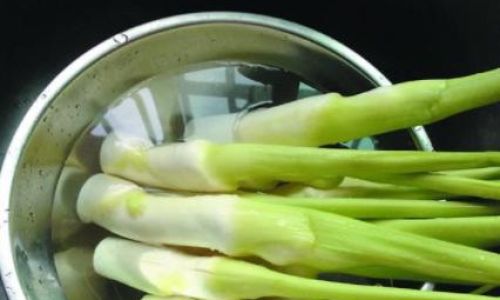
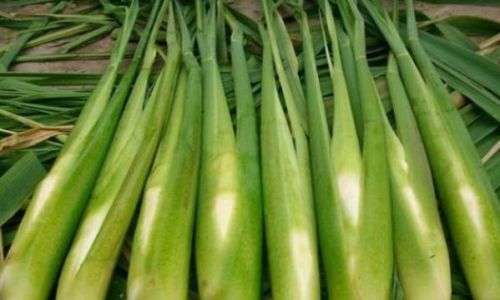
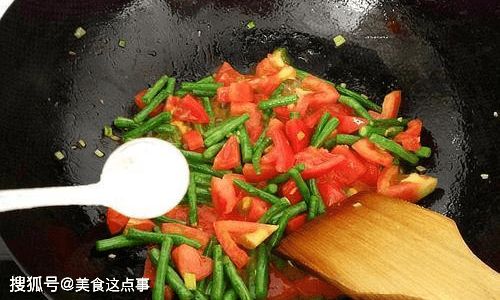
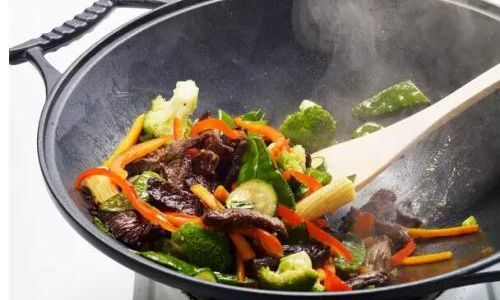
0 comments